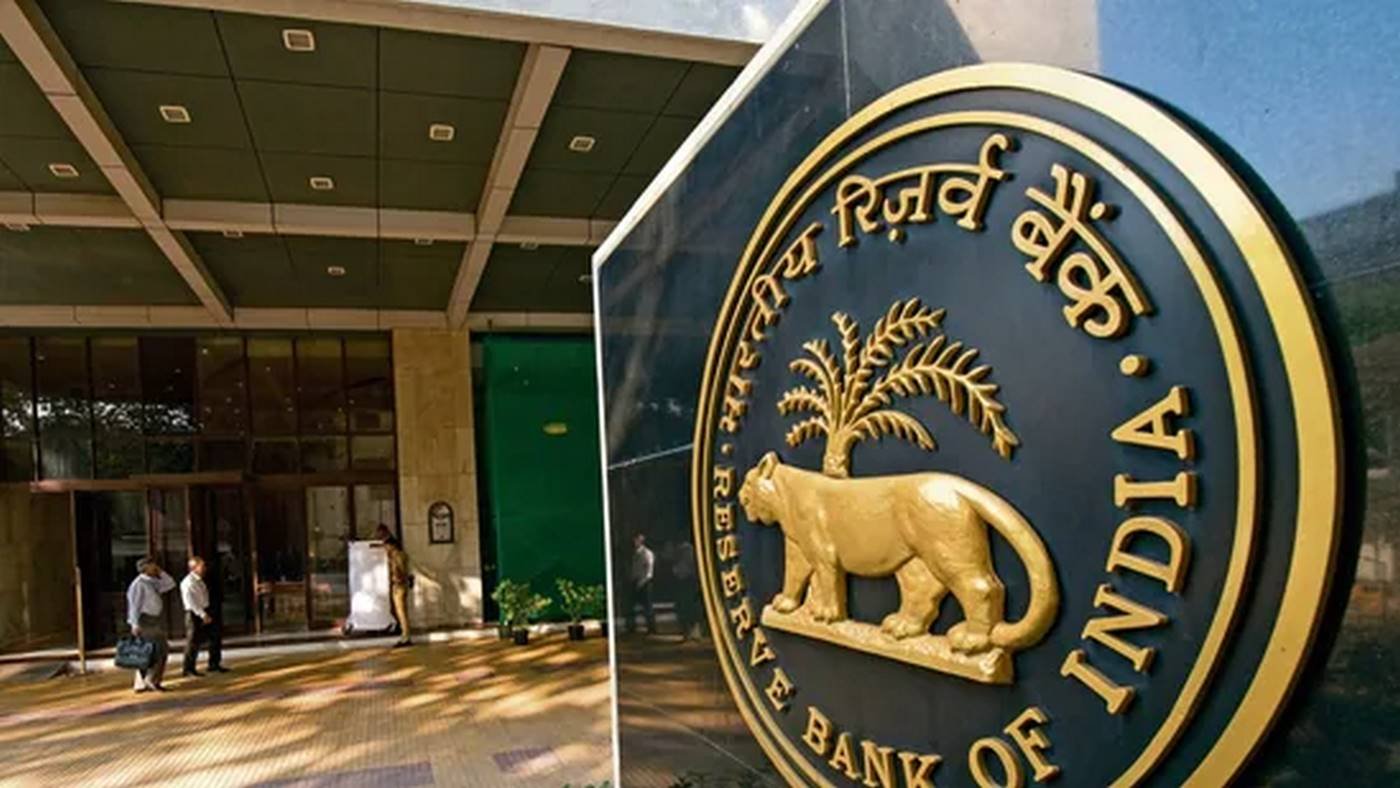Earlier in October, the Reserve Bank of India announced it was piloting a digital, or “e-rupee,” joining China, some smaller island nations, and Sweden as countries piloting a central bank digital currency (CBDC).
For India, the idea is not to replace physical cash, but add the CBDC digital rupee as a complimentary payment option to expand India’s digital markets.
Global Data report that the cost of the physical stamping of banknotes is very large in India, and thus the government hopes to cut this expenditure by moving more towards digital payments. As the world’s largest market for remittances from emigrants, they also hope to improve the speed and flexibility of such payments.
But what makes a CBDC different than regular digital-money assets that people see on our bank accounts?
A CBDC is a one-to-one claim to money held on the balance sheet of a nation’s central bank rather than a commercial bank.
For this reason, regardless of a government’s stated purpose for the creation of a CBDC, critics warn that transitioning to such a system would liberate the more nefarious instincts of government almost entirely from all but the most extreme market forces, such as hyper-inflation.
There are other fears too. Pinky Hiranandani, Principal Analyst in the Thematic Intelligence team at Global Data, notes.
“India must ensure partial anonymity for the digital currency. China and the Bahamas are already following anonymity for lower tier transactions to achieve the same anonymity as cash,” she stated in a release. “The degree of anonymity must be inclusive and responsive to the changes in the local market. Data protection and privacy concerns must also be addressed to ensure adoption”.
The Rise of CBDC
In 2016, Prime Minister of India Narendra Modi announced the cessation of use for the 1,000 and 500 rupee bank notes, partly to promote the use of digital currency, but also to curb black market money flows.
“CBDC can certainly meet new needs in the digital age, reach remote areas and enhance financial inclusion, and save costs since cash is expensive and cumbersome,” said Reserve Bank of India Monetary Policy Committee member Ashima Goyal.
The rise of Bitcoin followed by the thousands of other digital tokens has no doubt given a major scare to lever-pullers in the halls of power. The traceless independence that a crypto asset of actual value represents has forced many central banks, including the US Federal Reserve, looking to get ahead of the eight-ball and invent their own before private individuals or firms do.
China launched their CBDC project all the way back in 2014, with the aim of converting the whole renminbi supply to a system of digital wallets on distributed ledger technologies.
“CBDC is aimed to complement, rather than replace, current forms of money and is envisaged to provide an additional payment avenue to users, not to replace the existing payment systems,” an RBI spokesperson said early in October, believing it can “bolster India’s digital economy, enhance financial inclusion, and make the monetary and payment systems more efficient”.
“The proliferation of crypto assets can pose significant risks related to money laundering and financing of terrorism,” the spokesperson told India’s Economic Times. “Further, the unabated use of crypto assets can be a threat to the monetary policy objectives as it may lead to the creation of a parallel economy and will likely undermine the monetary policy transmission and stability of the domestic currency”.
This outright fear of a loss to total control can be read in central bank statements around the globe.
However the RBI assumes it can get away with some serious bending of traditional banking norms, for example it’s been proposed that e-rupee, since it’s held on the balance sheet of the central government, wouldn’t require a bank account to store, use, or transfer.
Serious bank-run risks could crop up in the event that the payment system isn’t working, or people were unsure of internet connectivity.
Today, commercial banks maintain very small liquid reserves, and hold most money in investments. However because the RBI has said that their e-rupee represents a one-to-one claim to cash at commercial banks, those banks are in a way accumulating many more billions of potential cash liabilities that they would not be accounting for.



